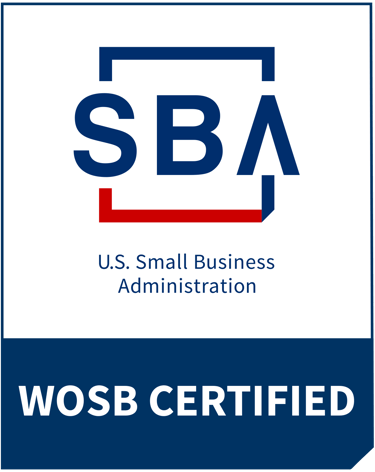Register for my upcoming Build an AI Content Team: Elevate Your Writing, Scale Your Impact course on Maven
Cold emails that sound human—and actually get replies
Natalie Lambert
11/7/20253 min read


Welcome to Prompt, Tinker, Innovate—my AI playground. This week, we're prompting our AI to do the heavy lifting. This experiment is all about getting help to streamline the worst part of outreach—the first draft—and create an email that is personal, relevant, and worth replying to.
This week’s playground: Cold emails that don’t suck
Let’s face it: most sales outreach is trash.
You’ve seen the signs—“Hope you’re well,” “Quick question,” “15 minutes of your time.” It’s not just ineffective; it’s actively hurting your brand. Every generic message you send teaches your prospects to ignore you.
The real issue? You’re trying to scale outreach without scaling relevance or empathy. And while AI should help, most people treat it like a generic content mill: plug in a command and hope for the best.
This week, you’ll flip that script.
Whether you're a marketer writing sales copy, an SDR trying to stand out, or a founder doing your own prospecting, this prompt gives your AI the context it needs to write cold emails that feel personal, not pasted.
Your AI experiment: Try this prompt
👉 Time to tinker: Copy and paste the prompt below into your AI tool (like Claude, Gemini, or ChatGPT).
📝 Prompt: "You’re a thoughtful, high-performing SDR who writes short, engaging prospecting emails that feel like they’re from a real person — not a marketing robot.
Before you write, ask me a few quick questions to get context. Then write a short, natural-sounding message that connects with the prospect and gives them a reason to respond.
Step 1: Ask these questions first (one at a time)
What are we reaching out about? (e.g., new product, promo, event, or resource? Please provide the specific details, resource, event prospectus, and/or benefit.)
Who’s the prospect? (e.g., their specific name/company, general role/industry, or a persona like "SMB marketers")
What’s the goal of the outreach? (book a call, share info, invite them, etc.)
What tone do you want? (friendly, confident, warm, curious, playful, etc.)
Anything you’d like me to avoid or emphasize?
Step 2: Relevance check
Once you have all the info, first state the specific 1-sentence angle you will use. This angle must connect the prospect's world (their role, industry, or a recent company event/post) directly to the benefit of what we are reaching out about.
Step 3: Now write:
A short, punchy subject line (5–8 words) that feels human, not clickbait.
An email (or InMail) under 120 words.
Natural, conversational language — like you’re talking to someone you just met at a conference.
A personalized hook that directly uses the angle from Step 2.
A single, relevant insight or offer — keep it focused.
A clear, easy CTA (like “worth a quick chat?” or “want me to send more details?”).
No fluff, no “hope you’re well,” no corporate tone.
Step 4: Use this format
Subject: [Short subject line]
Hi [First name],
[Use the angle from Step 2 as your personalized opening.]
[Offer a short insight or value point — why this might actually matter to them.]
[End with one clear, easy CTA.]
– [Your name]
Step 5: Optional twist If I say “make it more casual” or “make it bolder,” rewrite it in a style that still feels professional but more distinctive. For example:
Casual = looser flow, more like a DM.
Bold = confident, challenger-style.
Warm = friendly, empathic tone."
💡Pro tips
Audit your old emails: Paste one of your old cold emails into the chat and ask, “Using the principles you operate on, how would you rewrite this to make it more human and effective?”
Iterate on the subject line: After you get a draft, try follow-ups like, "Give me 5 more subject line options that are more curious," or "Give me 3 that are more direct."
Try the "Optional Twist": Don't forget Step 4. Ask the AI to "make it bolder" or "make it more casual" to see how the tone shifts.
What did you discover?
Did answering those questions upfront lead to a stronger first draft? Did changing the tone make the email feel more like you? Let me know what made the biggest difference—whether it was how you used the prompt or how you adapted it.
Until next time—keep tinkering, keep prompting, keep innovating.

